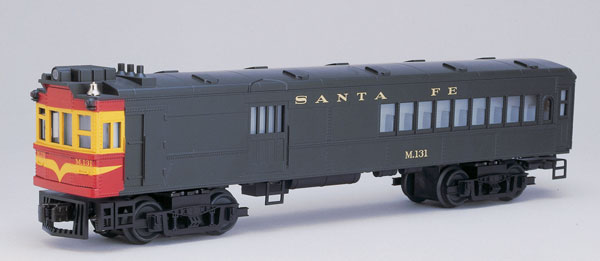
THE MOTOR RAIL car, or “doodlebug,” holds an interesting place in railroad history. The concept is rooted in an attempt by railroads to continue to deliver passenger and express service to lines with declining traffic. Shortlines and Class 1 roads alike used motor cars, or doodlebugs, as they’ve become affectionately known. The rail motor car […]
Read More…
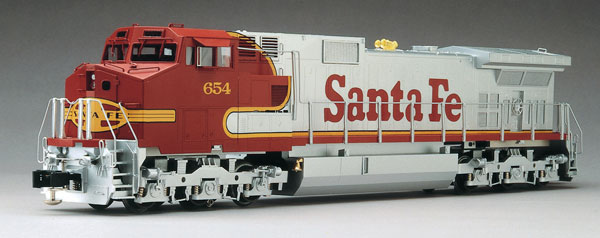
AT A UNION PACIFIC yard in Chicago, I recently saw the face of railroading today side by side with that of yesterday. A huge Chicago & North Western Dash 9 was idling next to a rusty, battered old North Western GP9. The difference was like night and day. Similarly, the difference between 3rd Rail’s brass […]
Read More…
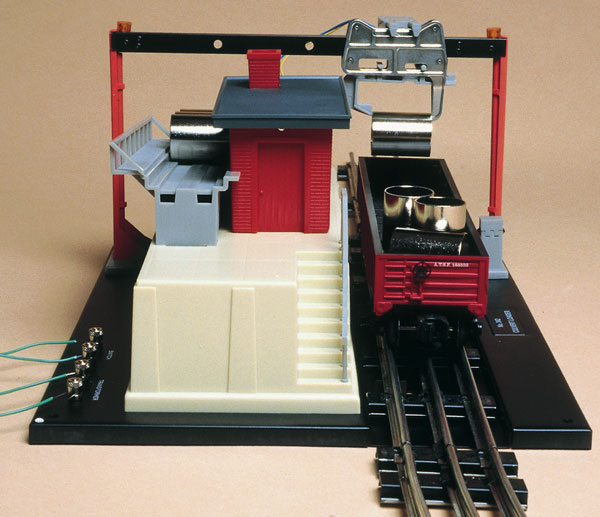
MOST HOBBYISTS HAVE a great amount of affection for postwar Lionel accessories, but not for the crazy prices the accessories sometimes command these days. In the modern era Lionel has offered a range of reproductions of classic postwar products such as the no. 164 Log Loader (CTT, February 1997) and the no. 38 Water Tower […]
Read More…
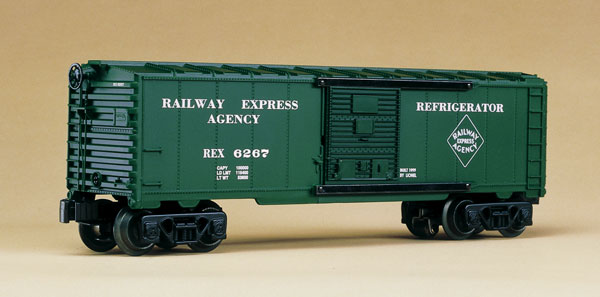
IF YOU’VE BEEN longing to enter the world of sound systems but: A) are reluctant to modify the internal workings of your locomotives, B) don’t want to deal with the nuances of combined sound system/reverse unit packages, or C) can’t afford to equip every locomotive on your roster with sound, then this boxcar’s for you. […]
Read More…

LIONEL’S POSTWAR Celebration series is a tip of the hat to the toy train maker’s golden years by re-creating classic products of a bygone era. Lionel offers collectors and operators a chance to buy fresh versions of childhood favorites that have been gussied up the latest Command-control and Railsounds marvels. The postwar celebration series products […]
Read More…

THIS LOCOMOTIVE will dominate your fleet. The end. What? Okay, okay, the review can’t be that short. The Southern Pacific General Service (GS) 4 -class 4-8-4 Northerns, nos. 4430-4457, graduated from the Lima Locomotive Works and entered service in 1941. They were top notch high performance machines that cost $175,000 each. The Northerns were capable […]
Read More…

WITH THE TORRENT of product flowing from manufacturers today, people no longer say “I never thought I’d see that in O gauge!” The more common remark is, “I was wondering when they would do that.” MTH Electric Trains produced a Premier line Santa Fe 2900-class Northern 4-8-4 in 1995. A beautiful and imposing product that […]
Read More…
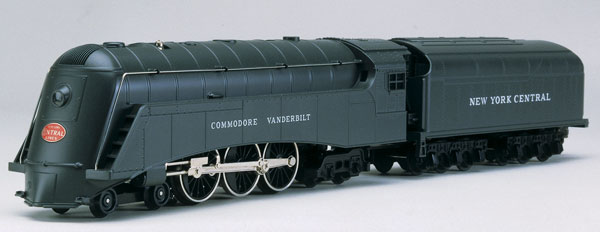
MTH ELECTRIC TRAINS owner Mike Wolf has a quest: to produce tooling for virtually every type of locomotive ever to ride the rails. This noble goal has enabled a unique locomotive to be offered at a price within the reach of most tight-radius operators. The RailKing line has been home to several unusual streamlined Hudsons […]
Read More…
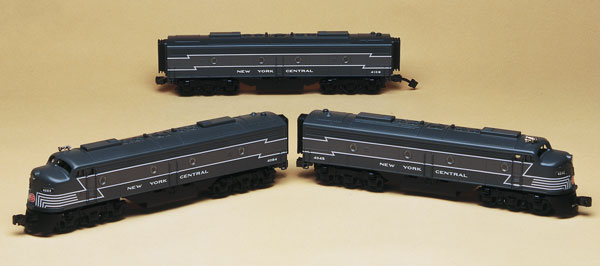
THE ONLY DISAPPOINTMENT I’ve had with the RailKing diesel line is the size of the locomotives. Don’t get me wrong, RailKing diesels have a lot going for them: quality, detailing, superb decoration, and low prices. But set your RailKing Dash 8 or SD60 side-by-side with a friend’s Premier line model and it becomes clear you […]
Read More…
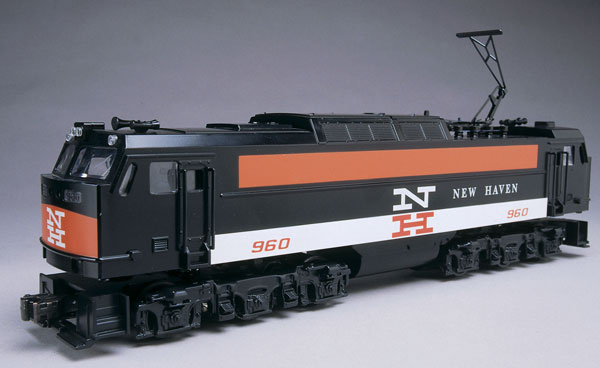
THE WILLIAMS E60 electric locomotive has the distinction of being the first modern O gauge electric locomotive offered by any manufacturer other than Lionel. It is also notable that the first E60 offered by Williams Electric Trains predated the creation of Classic Toy Trains by more than a decade! The prototype E60 is a General […]
Read More…
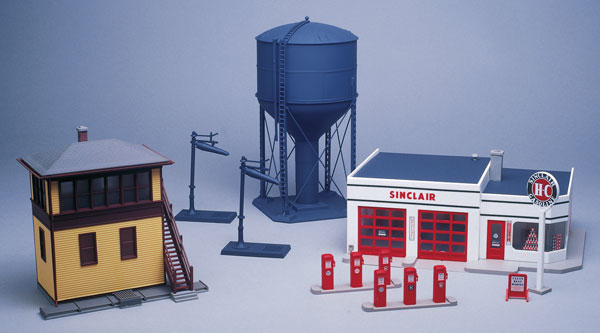
WALTHERS’ NEWEST additions to its Cornerstone line of O scale structures are attractive, easy to assemble, and flexible enough to fit a wide variety of modeling eras. I assembled kits for the Steel Water Tank, the Interlocking Tower, and the Five Star Service Gas Station. All three plastic kits went together easily. The only tools […]
Read More…
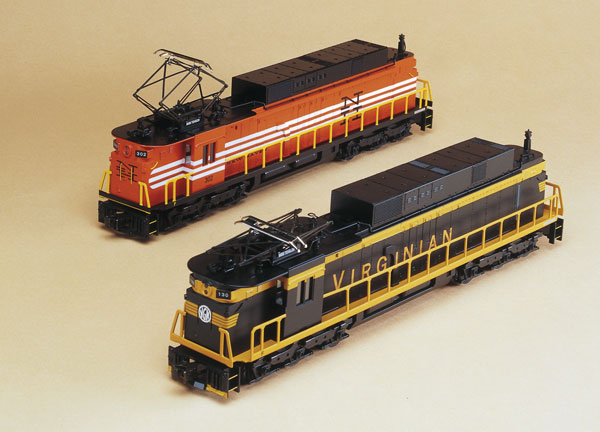
THE GENERAL ELECTRIC Rectifier was the first of several brick-shaped freight locomotives made by GE to satisfy the limited market for freight-hauling electric locomotives. In the mid-1950s the Virginian Railway, a regional carrier known for heavy coal trains and electric locomotives, sought replacements for its fleet of aging “square head” freight motors. Pleased with the […]
Read More…












